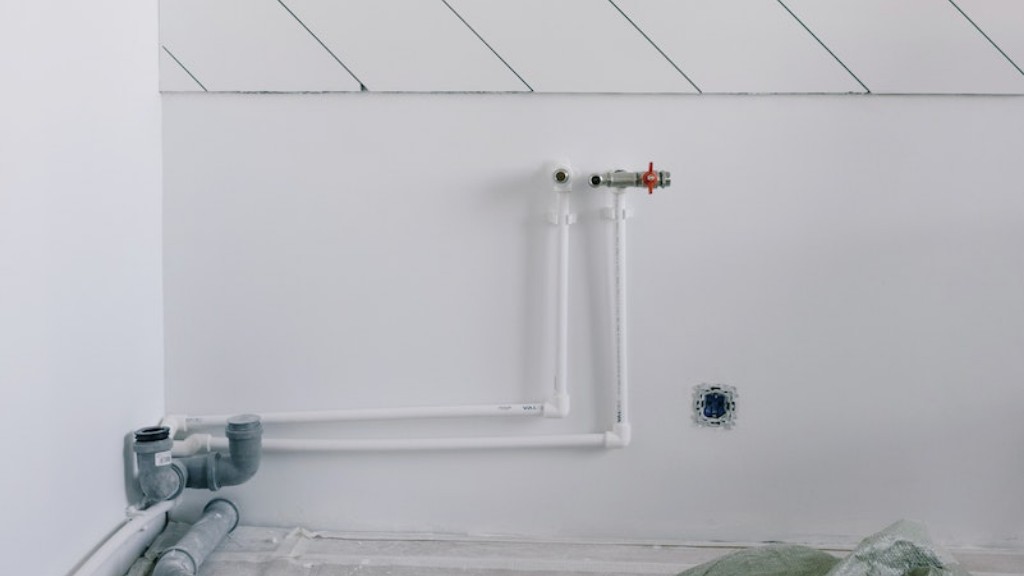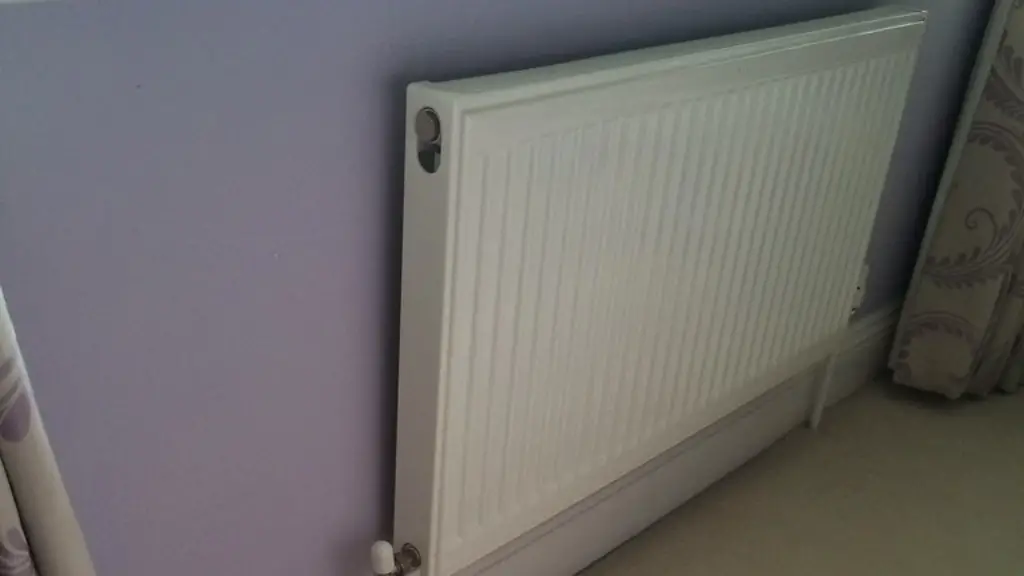If your car is low on coolant, you’ll need to add more to the radiator. Fortunately, this is a easy process. All you need is a container of coolant and a funnel. Once you have those items, simply follow these steps:
To add fluid to the radiator, open the hood of the vehicle and locate the radiator. Locate the coolant reservoir and unscrew the cap. Slowly pour coolant into the radiator until it is full. Screw the cap back on the coolant reservoir.
Can you add fluid directly to radiator?
If your car doesn’t have an overflow tank or if the tank doesn’t empty back into the cooling system, then you’ll need to pour the new coolant directly into the radiator. Be careful not to go over the “full” line. Also, make sure to put the radiator cap back on after adding the new coolant and before starting the engine.
There are two options for refilling the radiator. Option one is to use a premixed antifreeze solution. These are readily available at auto parts stores or big box stores. The second option is to mix your own antifreeze solution of one part water to one part antifreeze.
How do I know if I need to add radiator fluid
If your antifreeze is low, it’s best to top it off before driving your vehicle. This will help ensure that your engine stays properly cooled and doesn’t overheat.
If your car is overheating, you need to add water to the radiator. To do this, remove the pressure cap once your vehicle cools down. You can also add the water to the coolant reservoir or recovery tank if your car is overheating to the point where there’s steam.
How do I know when my radiator is full?
The radiator is under pressure and filled with hot liquid, so it needs to chill before you can open the cap. To do this, park the vehicle on a flat surface and pop the hood. Locate the coolant overflow reservoir and look for the fill levels that say “Low” and “Full,” or similar terms. Once the radiator has cooled down, open the cap and add more coolant as needed.
It is important to flush your radiator every five years or 100,000 miles, whichever comes first. This process will help to remove any build-up of contaminants that can cause problems with your vehicle’s cooling system.
Is antifreeze the same as coolant?
There are many different types of engine coolant, so it’s important to know what variety is right for your car or truck. Coolant can help keep the radiator from freezing in extreme cold and overheating in extreme heat. It’s important to mix the right amount of coolant with water to keep your engine running smoothly.
Use a mix of 50% water and 50% antifreeze for optimum protection against freezing and corrosion. Never use just water as this will cause corrosion and scale build-up inside your engine, and in extreme cases, engine failure.
If your coolant level is low, it’s likely there is a leak somewhere in the system. Inspect hoses and pipes for any obvious signs of leaks and have them repaired or replaced as necessary.
What happens if you drive with low radiator fluid
If your engine is overheating, it is important to take steps to cool it down as soon as possible. Overheating can cause damage to the engine, and continuing to use an overheated engine can lead to permanent damage.
One way to cool down an overheated engine is to add coolant. Coolant helps to pull heat away from the engine, so without enough coolant, the engine could overheat or seize up.
If your engine is overheating, be sure to add coolant and take other steps to cool it down as soon as possible. Permanent damage can occur if you continue to use an overheated engine.
It’s perfectly normal for a car to lose a small amount of coolant over time. However, if you notice a larger than usual coolant loss, or if your engine is running hot, it could be a sign of a problem. Be sure to have your car checked out by a mechanic if you’re concerned about coolant loss.
Why would radiator fluid be low?
Disappearing engine coolant can be a serious issue. If you think you may have a coolant leak, it’s important to get it checked out by a mechanic as soon as possible. A coolant leak can cause your engine to overheat, which can lead to serious engine damage.
If the coolant level is below the L mark, add a 50/50 mixture of coolant and distilled water to the reservoir until it reaches the F mark.”
Do you put antifreeze in radiator or coolant reservoir
An engine coolant is a liquid used to transfer heat away from the engine of a vehicle.
The most common type of coolant is a 50/50 mixture of water and ethylene glycol.
Antifreeze is added to the coolant to lower the freezing point of the mixture and raise the boiling point.
This prevents the coolant from freezing in cold weather and boiling during hot weather.
Antifreeze also contains corrosion inhibitors to protect the engine from rust.
Tosum up, yes, antifreeze does go in the engine coolant.
If your coolant reservoir is full but your radiator is low on coolant, it could be a sign of a blown head gasket. When a head gasket blows, combustion gasses from one of the cylinders can leak into the cooling system, which will force coolant from the engine into the reservoir. Once the reservoir fills up, the rest of the coolant will overflow through the outlet.
Should a radiator be full to the top?
If the coolant level is low, you can refill it to the max fill line. Do not overfill it, as the coolant mixture expands when it heats up and needs the extra room. Keeping your coolant at the correct level is one of the ways to keep your radiator working properly.
There are several warning signs of low car coolant, and it is important to be aware of them in order to avoid engine damage. The most obvious sign is a rising temperature gauge, which indicates that the engine is overheating. Another sign is poor fuel economy, as the engine has to work harder to maintain the correct temperature. Finally, a sweet smell may be present, which is caused by the coolant leaking into the engine compartment. If any of these signs are present, it is important to have the car checked by a mechanic as soon as possible.
Warp Up
Check the engine oil level and add oil if necessary.
Lift the hood and locate the radiator. On most vehicles, the radiator is located in front of the engine, near the front of the vehicle.
Remove the radiator cap. Be careful not to touch the hot engine or radiator surfaces.
Add the coolant mixture to the radiator until it is full.
Replace the radiator cap.
There are a few things you need to do in order to add fluid to your radiator. You will need to locate the radiator cap and unscrew it. Once the radiator cap is off, slowly pour the fluid into the radiator. Make sure you do not overfill the radiator. Once you have added the required amount of fluid, screw the radiator cap back on.





